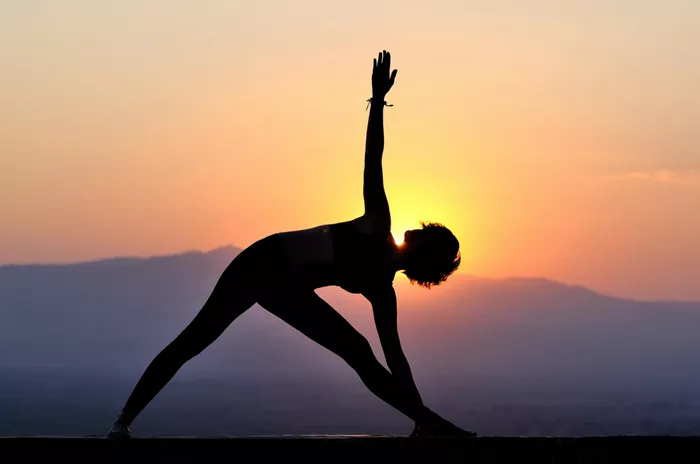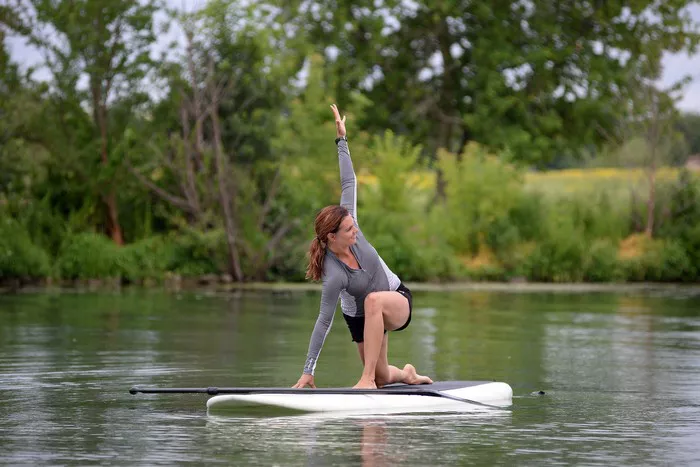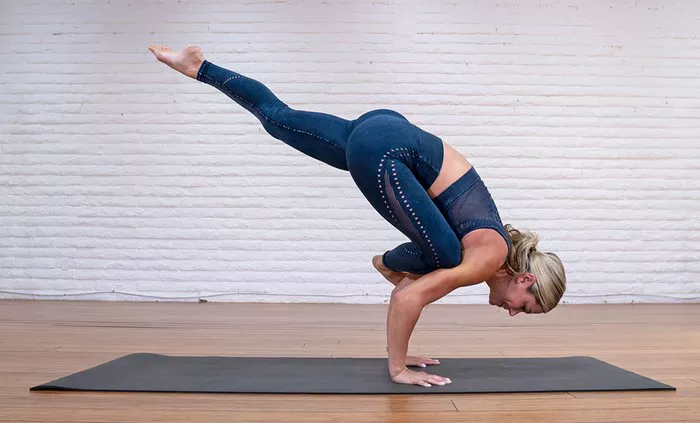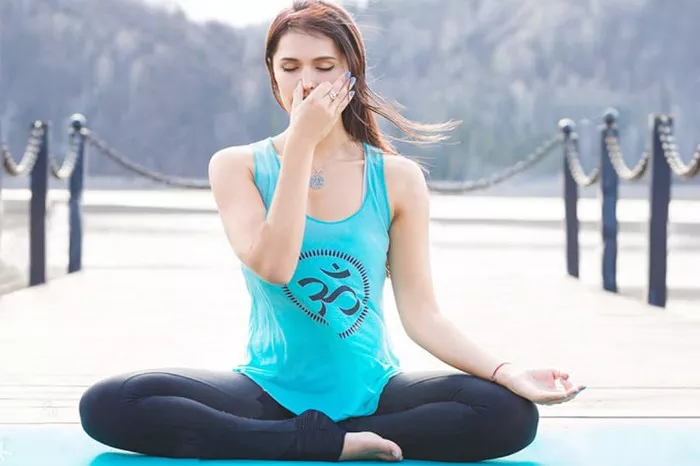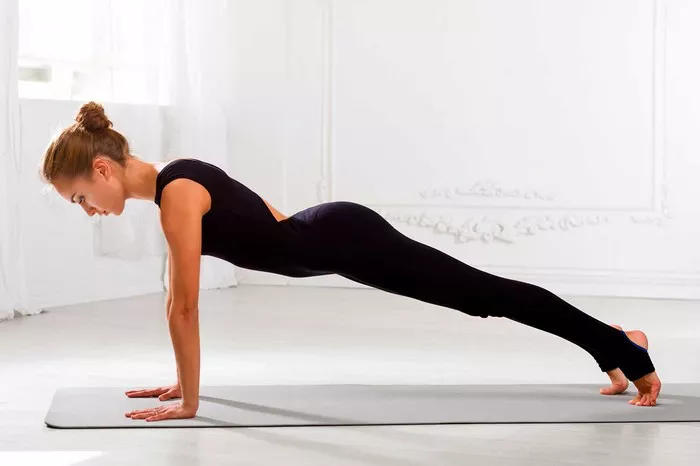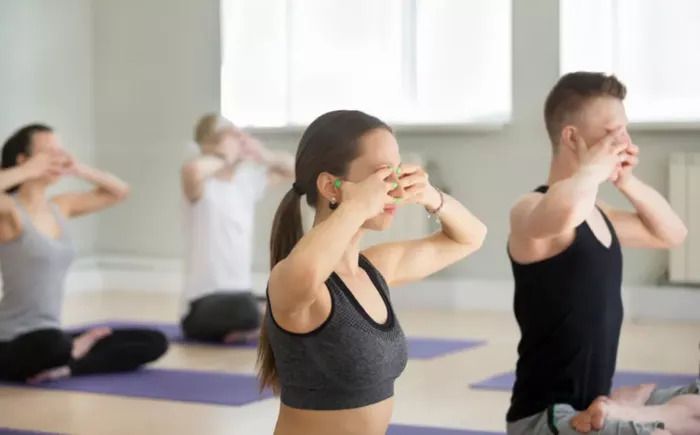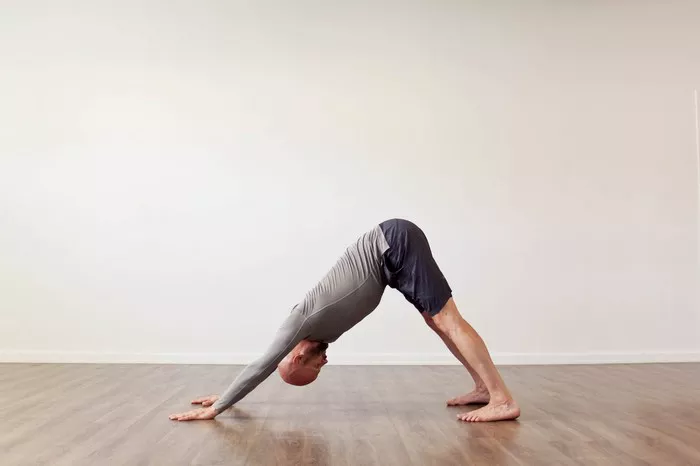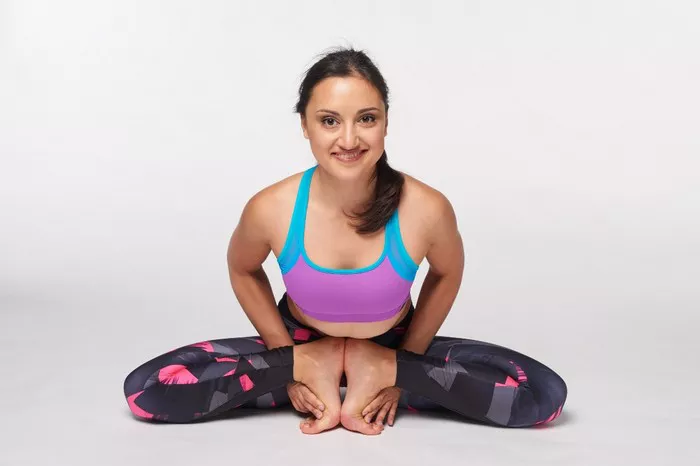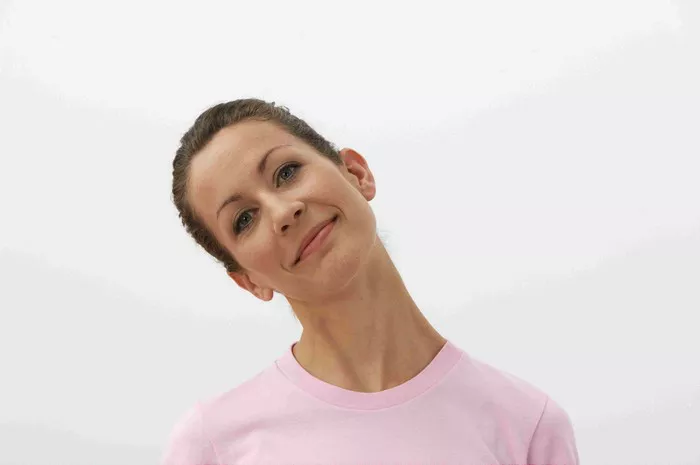The Lotus Pose, or Padmasana, is one of the most iconic and revered poses in the practice of yoga. It is often seen as a symbol of meditation, balance, and spiritual enlightenment. When performed correctly, Lotus Pose helps cultivate a sense of deep stillness, centeredness, and focus, which are fundamental for meditative practices. However, one of the most common questions that arise for yoga practitioners is whether or not the Lotus Pose is harmful to the knees. In this article, we will delve into the potential risks of Lotus Pose, its effects on the knees, and ways to practice it safely.
The Anatomy of Lotus Pose
Before diving into the potential risks, it’s important to understand the physical mechanics of Lotus Pose and why it can be a challenge for some practitioners, especially those who are new to yoga or have pre-existing knee issues.
In Padmasana, the legs are crossed so that each foot is placed on the opposite thigh. The hips are externally rotated, and the soles of the feet are facing upward. This pose requires a significant amount of hip flexibility, especially in the hip flexors and external rotators. The knees are bent and placed on the ground, with each foot resting on the opposite thigh, which can create a certain amount of pressure on the knee joints.
While this position can help open the hips and provide a stable base for meditation, it can also place significant strain on the knees, especially if one has limited flexibility or pre-existing knee problems. The knees must be able to handle the flexion, rotation, and external pressure required by this pose, which is why some practitioners may experience discomfort or even pain.
Anatomy of the Knee Joint
To understand the potential risks of Lotus Pose, it’s essential to have a basic understanding of the knee joint’s structure. The knee is a hinge joint, primarily responsible for flexion and extension. The femur (thigh bone) and tibia (shin bone) are the two main bones that form the knee joint. The patella (kneecap) sits in front of the joint, and the ligaments, tendons, and muscles surrounding the knee provide stability and mobility.
The knee joint is not designed for the same range of motion as the hip joint. While the hip joint is a ball-and-socket joint and allows for greater rotation and flexibility, the knee is more limited in its range of motion. For this reason, deep external rotation of the thigh, as required in Lotus Pose, can place excessive strain on the knee joint, particularly on the medial (inner) aspect of the knee.
The Risks of Lotus Pose on the Knees
While Lotus Pose can be incredibly beneficial for meditation and cultivating a calm, focused mind, it can also pose risks to the knees if not practiced with proper alignment, awareness, and preparation. Here are some of the potential risks:
1. Knee Ligament Stress
The knee joint is stabilized by several ligaments, including the anterior cruciate ligament (ACL), posterior cruciate ligament (PCL), and the collateral ligaments. These ligaments are essential for providing stability to the knee during movement. In Lotus Pose, the external rotation of the thigh and flexion of the knee can place significant stress on the ligaments, particularly the medial collateral ligament (MCL), which is located on the inner side of the knee.
When the knee is bent and rotated excessively, it can cause the MCL to stretch or even tear. This is especially true if there is not enough flexibility in the hips and the practitioner forces themselves into the position. The ligaments in the knee can only stretch to a certain extent before they become overstretched, leading to strain or injury.
2. Meniscus Tears
The meniscus is a cartilage structure located within the knee joint that acts as a cushion between the femur and tibia. It also helps with the distribution of weight and shock absorption. Excessive rotation or pressure on the knee joint, as occurs in Lotus Pose, can put undue stress on the meniscus, potentially leading to tears or fraying.
When practicing Lotus Pose, if the knees are forced into deep flexion or rotation without adequate hip opening, the pressure on the meniscus can result in discomfort or even injury over time. This is particularly concerning for individuals with pre-existing knee issues, such as meniscus tears or degeneration.
3. Patellofemoral Pain Syndrome
Patellofemoral pain syndrome (PFPS), also known as “runner’s knee,” is a condition characterized by pain around the kneecap. This pain can be aggravated by activities that involve knee flexion or rotation, such as Lotus Pose. In this pose, the kneecap may not track properly within the femoral groove due to the positioning of the leg, leading to increased pressure on the joint surfaces and causing pain or discomfort.
For practitioners who have patellofemoral pain syndrome, Lotus Pose may exacerbate symptoms, especially if they have difficulty with the alignment of their knees or experience tightness in the quadriceps or hamstrings.
4. Nerve Compression
When sitting in Lotus Pose for extended periods, there is a risk of nerve compression, particularly in the lower legs. The position of the feet pressing against the thighs can put pressure on the peroneal nerve, which runs down the outside of the knee and lower leg. This pressure can cause numbness, tingling, or even weakness in the lower leg and foot.
In addition, the position of the legs can also compress the sciatic nerve, which runs through the hips and down the back of the legs. This compression can lead to discomfort or pain, particularly for those who have pre-existing sciatic nerve issues.
Can Lotus Pose Be Safe for the Knees?
Despite the potential risks, Lotus Pose can be practiced safely and effectively, provided that the practitioner has the necessary hip flexibility, knee mobility, and awareness. Here are a few tips for practicing Lotus Pose safely:
1. Warm Up Properly
Before attempting Lotus Pose, it’s essential to warm up the hips, knees, and ankles. This can be achieved through various hip-opening exercises, such as Supta Baddha Konasana (Reclining Bound Angle Pose), Upavistha Konasana (Wide-Angle Seated Forward Bend), or Anjaneyasana (Low Lunge). These poses will help prepare the body for the deep external rotation and flexion required by Lotus Pose.
2. Use Props for Support
For practitioners with limited flexibility or knee issues, using props can be very helpful. Placing a cushion or blanket under the knees or sitting on a cushion to elevate the hips can help reduce strain on the knees and make the pose more accessible. If the knees do not touch the floor comfortably, avoid forcing them down and use props to support the body.
3. Focus on Alignment
Alignment is key when practicing any yoga pose, including Lotus Pose. Ensure that the hips are externally rotated and the feet are resting comfortably on the opposite thighs, without forcing them into position. Avoid collapsing the lower back or rounding the spine, as this can lead to additional stress on the knees.
If you experience any discomfort in the knees or feel that the pose is too intense, it’s important to listen to your body and modify the pose. A more accessible variation is Half Lotus Pose (Ardha Padmasana), in which only one foot is placed on the opposite thigh, while the other foot remains under the opposite leg.
4. Practice with Patience
It’s important to approach Lotus Pose with patience, as it may take time to develop the necessary flexibility in the hips, knees, and ankles. If you cannot comfortably practice Lotus Pose yet, consider gradually working towards it through consistent practice of hip-opening and leg-strengthening poses.
5. Avoid Forced Movement
Never force yourself into the Lotus Pose if your body is not ready. If you feel any sharp pain or discomfort in your knees, stop and reassess your alignment and flexibility. Yoga is about cultivating awareness and listening to the body, not about achieving a specific pose at all costs.
Alternatives to Lotus Pose
If Lotus Pose is too challenging or painful for the knees, there are several alternative seated poses that offer similar benefits for meditation and relaxation without the risk of knee strain. Some alternatives include:
Easy Pose (Sukhasana): A simple cross-legged pose that is more accessible for beginners and those with knee issues.
Hero Pose (Virasana): This pose involves sitting between the heels with the knees bent, which can be a good alternative for those who have tight hips or knees.
Seated Forward Fold (Paschimottanasana): A seated forward bend that helps stretch the hamstrings and calm the mind, which can also support meditation practices.
Conclusion
Lotus Pose can be a deeply beneficial posture for meditation and yoga practice when done correctly. However, for some individuals, it can place undue stress on the knees, especially if there are pre-existing issues or a lack of flexibility. By understanding the anatomy of the knee joint, practicing with proper alignment, and warming up the body beforehand, you can reduce the risk of injury and experience the full benefits of Lotus Pose. If you have concerns about your knees or struggle with the pose, always listen to your body and seek alternative seated postures that better suit your needs. Yoga is about balance, and modifying poses to suit your body’s unique needs is an essential part of cultivating a safe and sustainable practice.
Related Topics:

